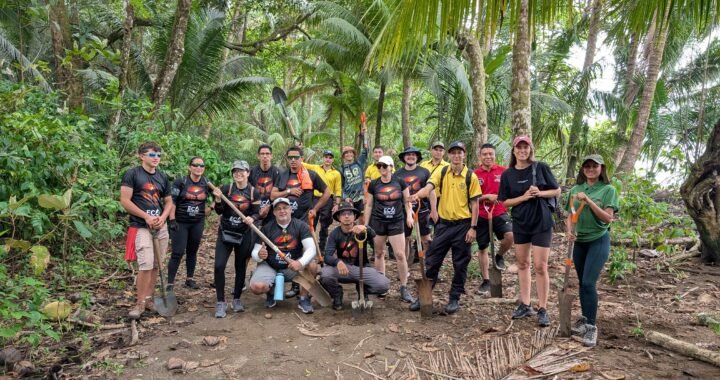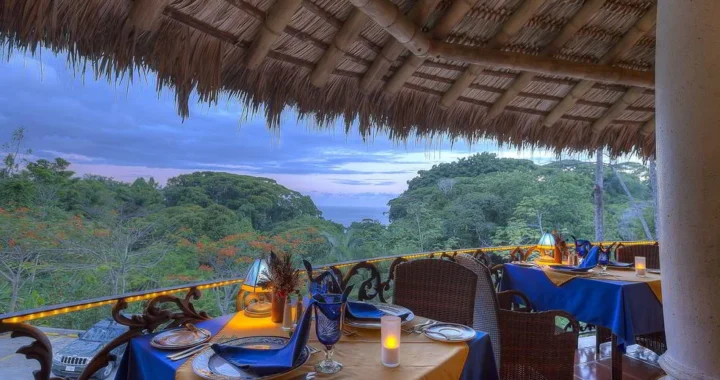
Maritime Terrestrial Zone (ZMT)
Author: Dinia Otárola
Every time a client arrives in Costa Rica with the dream of acquiring property near the beach, with beachfront and direct access to this, his dream becomes a “nightmare” when he hears words such as Concession, Maritime Terrestrial Zone, and its Law. And it is not for less, since this type of land has different care and treatment from many other properties in the national territory. Various government institutions such as municipalities, the Costa Rican Tourism Institute, and others are involved.
As a real estate agent, I am not a specialist on the subject as a lawyer or government official could be directly related to this matter. However, from my work experience, readings, and support of some acquaintances who have properties with this special condition, I dare to write an article about this type of property located on the strip of the coastal area.
These properties have a privileged location in our territory, so much so that they enjoy superior protection. Public ownership is attributed to the State, safeguarded by a large number of laws.
 Article 1 in the Law of the Maritime Terrestrial Zone, Law N° 6043, specifies that these lands constitute part of the national patrimony, belonging to the State and are inalienable and imprescriptible. In other words, no one can claim ownership of such land.
Article 1 in the Law of the Maritime Terrestrial Zone, Law N° 6043, specifies that these lands constitute part of the national patrimony, belonging to the State and are inalienable and imprescriptible. In other words, no one can claim ownership of such land.
Article 9 establishes that these lands correspond to a 200-meter wide strip of the Pacific and Atlantic coasts. It startsStarting from the high tide line (highest level reached by the tide), comprising islands, islets, maritime cliffs, maritime cliffs, and any land or natural formation that rises above the level of the ocean within the territorial sea of the Republic.
The 200-meter strip is made up of 2 sections: a Public Zone that corresponds to the first 50 meters from high tide and includes islets, maritime cliffs, and natural formations that rise above sea level (see exceptions in articles 21 and 22 of the law) and the Restricted Zone that corresponds to the remaining 150 meters (article 10). In the latter, the lands that can be given in concession for various activities are located by the corresponding municipality, charging a fee for said concession.
A Concession is an agreement between the Public Administration and an individual to have the right to use a State asset privately, in exchange for economic remuneration. Article 3 establishes that it is the responsibility of the municipalities to comply with this law and the usufruct and administration of the ZMT.

Conditions of the concessions in the Maritime Terrestrial Zone:
– There must be a current Regulatory Plan. Without the Regulatory Plan, there is no concession. It is up to each municipality to prepare said plan that according to article 1 of the Urban Planning Law, Law No. 4240, a is the local planning instrument that defines in a set of plans, maps, regulations and any other document, graphic or supplement, development policy and plans for population distribution, land uses, roads, public services, communal facilities and construction, conservation and rehabilitation of urban areas.
– Concessions are granted for terms of no less than five years and no more than 20 years, being extendable for equal periods. The annual fee to be paid must be indicated, and this fee replaces the land tax (articles 48 and 50).
– Concessions can be assigned or transferred only with the authorization of the respective municipality. In the event of the concessionaire’s death or absence, the rights can be awarded to the heirs or heir relatives (articles 45 and 49).
– Uses and constructions are allowed as long as they are adequate to what described in the Regulatory Plan and have the proper authorization from the municipality, the Costa Rican Institute of Tourism, and the National Institute of Housing and Urbanism (article 57).
– Concessions may be terminated for the following reasons: expiration of the fixed term without having requested an extension, resignation or abandonment, death of the beneficiary without awarding heirs, or cancellation of the concession (article 52).
Some exceptions to the application of the Law of the Maritime-Terrestrial Zone:
– Coastal cities (article 6) such as Puntarenas, Jaco, Golfito, Quepos, among others.
– Land registered prior Law No. 6043.
– Coco Island.
I am not an expert on the subject, and I am not a lawyer. However, this article is based on the Law of the Maritime-Terrestrial Zone, Law No. 6043. The properties in concession, with the proper use and management, following the Guidelines established in the legislation and conjunction with the corresponding municipality, generate profitability for the investor in the tourism industry, bringing employability and development opportunities to the surrounding communities.
Important note: a concession is different from a use permit and should not be confused. The corresponding municipality can grant use permits in ZMT without a regulatory plan. Their validity is usually not more than one year and is an authorization to carry out simple acts at the municipality’s discretion.

Busting Myths About Costa Rica Destination, Free Costa Rica Magazine #99
We’ve recently seen misinformation circulating suggesting that Costa Rica is an expensive destination.

Debunking myths about Costa Rica’s South Pacific destination
There is false information circulating that suggests the South Pacific Costa Rica is an expensive destination
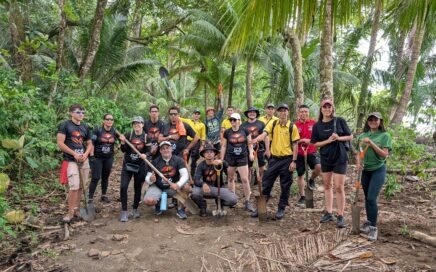
Beach Clean Up in Uvita: Community Spirit in Action at Marino Ballena National Park
Beach Clean Up in Uvita Community Spirit in Action at Marino Ballena National Park Author: Sophie Schindler
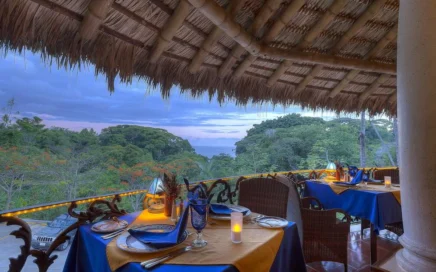
Costa Rica’s First 100% Gluten-Free Gourmet Restaurant
Costa Rica’s First 100% Gluten-Free Gourmet Restaurant La Palapa Restaurant: Indulgence Without Compromise Travelers come to Costa Rica seeking nature, adventure – and memorable dining. At Cuna del Ángel, a boutique hotel nestled in the […]

Adventure Begins Where Comfort Ends: Our Rain-Soaked Snorkeling Tour to Caño Island
What I Learned from Traveling in the Rain or Why a Plastic Cape Can Teach Humility Our Snorkeling Tour to Caño Island
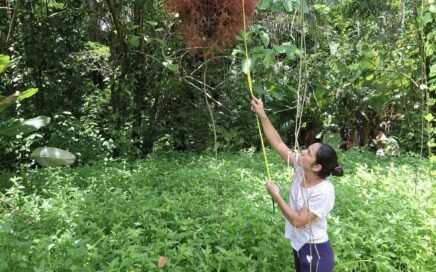
Increasing Biodiversity in the Path of the Tapir Biological Corridor
The area including the Path of the Tapir Biological Corridor in Costa Rica, is one of the few places with increasing biodiversity.
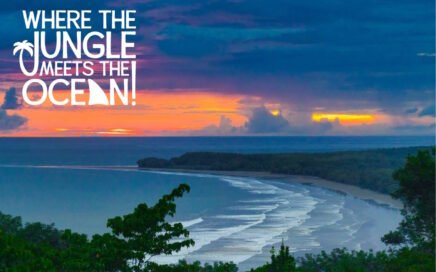
Costa Rica: a destination for all budgets, Free Travel Guide #98
In this free travel guide we also address recent online misinformation suggesting that our destination is expensive for visitors.

Discovering Dominicalito: A Tranquil Coastal Gem in Costa Rica
Located along Costa Rica’s Central Pacific coast, Dominicalito is a peaceful retreat just south of the bustling surf town of Dominical
What to do, Where to eat and Where to stay…
- Activities and Tours
- Whale Watching Tour
- Natural Attractions
- Marino Ballena National Park
- Restaurants
- Hotels and Accommodations
South Pacific Costa Rica Beaches,
Looking for business directories, maps or other printouts? We’ve got that too!
Dare to Discover and Enjoy…
Check out…
Need help planning your next trip? Let us help you with your Costa Rica vacations!
Email: carlos@ballenatales.com
Phone: +(506) 8946 7134 or +(506) 8914 1568
Skype: ballenatalestravel

